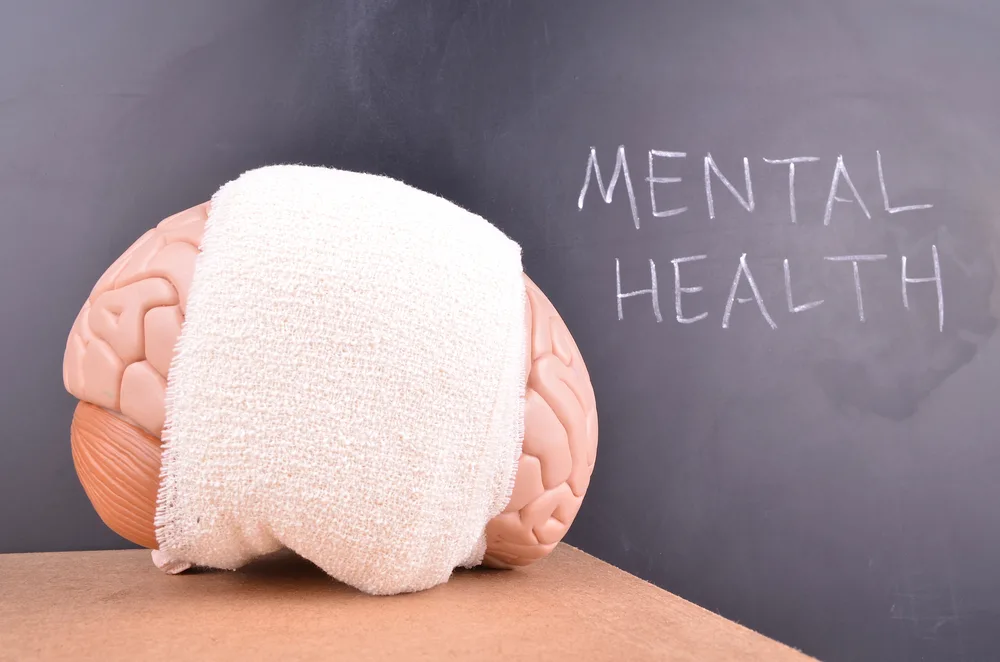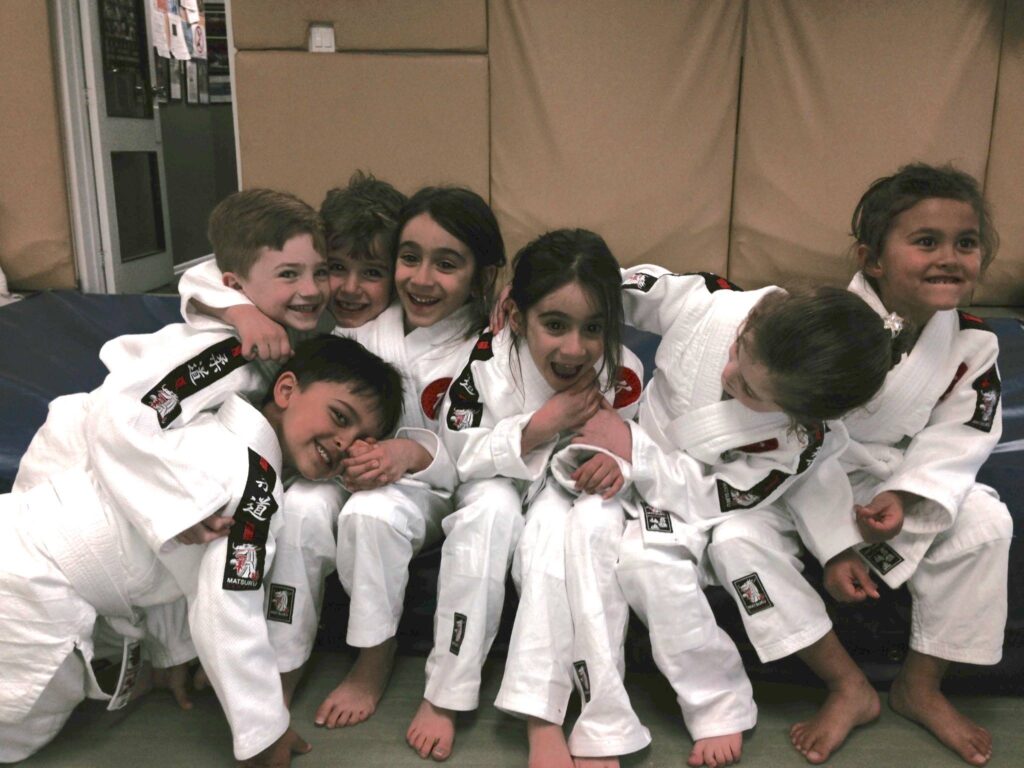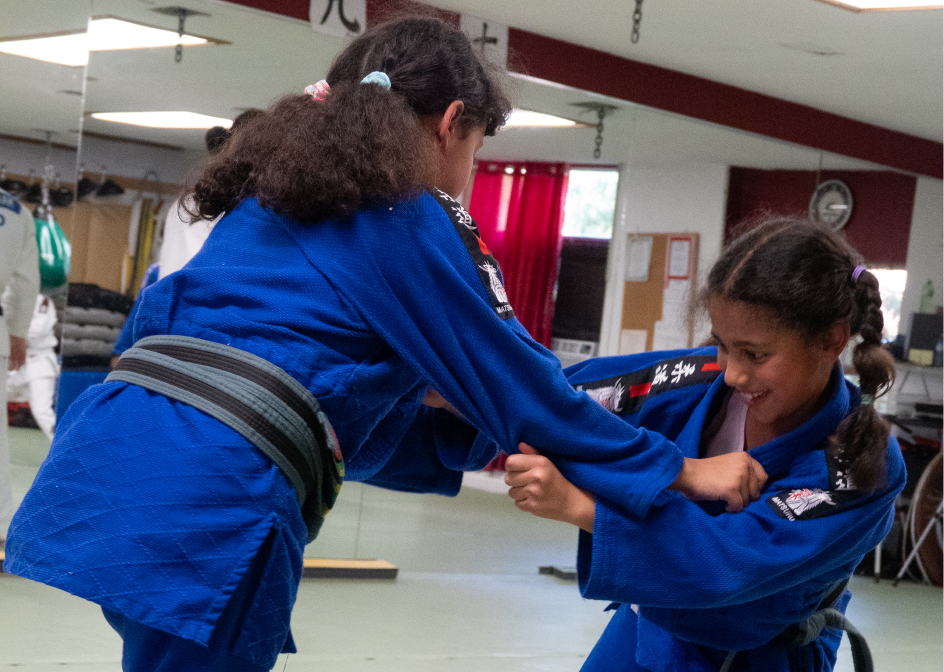Menu
Close
Menu
Close

Many parents struggle with helping their children develop self-discipline. Martial arts training offers a powerful solution to this common challenge. Through structured martial arts programs, children learn valuable discipline skills that extend far beyond the training floor into their academics, home life, and future success.
We’ve seen countless children transform through martial arts training, developing focus and respect alongside physical skills. The combination of clear rules, consistent reinforcement, and physical activity creates an ideal environment for building disciplined habits. Unlike many other activities, martial arts specifically teaches children the value of discipline and provides them with practical ways to exercise it in their daily lives.
Martial arts training provides children with a structured environment where they learn valuable life skills that extend far beyond physical techniques. These practices establish clear expectations and consistent consequences that help shape behaviour and character development.
In martial arts, discipline isn’t about punishment but rather about teaching children to control their actions and emotions. Martial arts training helps children develop self-regulation by requiring them to follow specific protocols and traditions.
Children learn to bow before entering the training area, address instructors respectfully, and follow established dojo rules. These practices establish clear boundaries and expectations.
The consistency in martial arts training is key to building discipline. Children attend classes regularly, practice techniques repeatedly, and progress through belt levels only when they’ve mastered required skills.
We see that this structured approach teaches children that success comes through dedication and perseverance, not immediate gratification. This lesson transfers to other areas of life including schoolwork and household responsibilities.
Martial arts are built on principles that naturally shape behaviour in positive ways:
Respect – Students learn to respect:
Self-control – Children develop the ability to manage impulses and emotions, thinking before acting.
Perseverance – Students face challenges and learn to push through difficulties rather than giving up.
These principles become part of a child’s character through consistent practice and reinforcement. Instructors model these behaviours and recognize students when they demonstrate them.
The belt system in martial arts provides visible progress markers, motivating children to embody these principles to advance. This reward structure helps internalize positive behaviours.
Focus is a cornerstone of martial arts training and a key element of discipline. Martial arts enhances cognitive abilities including concentration and problem-solving skills.
During training, children must pay attention to detailed instructions and execute precise movements. This requires sustained mental focus, which becomes stronger with practice.
Forms or katas(prearranged forms) teach children to concentrate on a sequence of movements, developing their ability to block out distractions and maintain attention.
Sparring activities require quick thinking and awareness of their opponent’s movements. This dynamic focus helps children develop adaptability and present-moment awareness.
We find that these focus skills transfer to academic performance as children apply their improved concentration to schoolwork. Many parents report better homework habits and classroom behaviour after their children begin martial arts training.
Martial arts training offers children powerful advantages that extend beyond just learning self-defence techniques. These activities build both body and mind through structured practice and progressive skill development.
Martial arts provide a complete workout that builds cardiovascular health while maintaining a healthy weight. Children develop coordination through complex movements that require balancing, striking, and positioning their bodies correctly. Many martial arts forms in karate & judo, and sambo require precise footwork that enhances a child’s spatial awareness.
Balance improves significantly as kids learn to distribute their weight properly during techniques. This translates to better athletic performance in other sports and activities.
Strength develops naturally without heavy weights. Instead, children use their own body weight for resistance during practice. The varied movements in martial arts exercise different muscle groups, creating well-rounded physical development.
Combat sambo, karate, Muay Thai, and other striking arts improve hand-eye coordination through target practice and partner drills. These skills help children in everyday activities, from writing to sports.
The structured environment of martial arts training teaches children to focus for extended periods. Students must pay attention to instructors demonstrating techniques and then replicate them with precision.
Children learn to overcome challenges through persistent effort. When they struggle with a new technique, they develop patience and determination to master it over time.
Martial arts training improves attention span naturally. Students must concentrate during classes that typically last 45 minutes for basic programs gradually building their ability to focus. Black Belt and Leadership classes are 60 minutes for those students who have proven themselves, qualified and have committed to attaining a Black Belt and beyond.
We’ve observed that children who practice martial arts regularly show better concentration in school settings. The discipline required to learn complex sequences transfers to academic work.
Mental toughness develops as kids push through difficult drills and training sessions. They learn that discomfort is temporary and that perseverance leads to progress.
The belt system in martial arts provides tangible evidence of progress. Children gain confidence when they earn new ranks through dedicated practice and skill demonstration. Increased self-confidence emerges as children master new techniques. The joy of achievement creates a positive feedback loop that encourages continued effort.
Children learn that physical size matters less than mental hardiness. This understanding helps smaller children develop confidence in their abilities regardless of their stature.
Martial arts foster a positive attitude through emphasizing respect and courtesy. Students bow to instructors and training partners, creating an atmosphere of mutual appreciation.
Regular training teaches children that improvement comes through consistent effort over time. This patience and positive outlook extends to other areas of their lives.
Martial arts training environments offer unique social structures where children learn to navigate relationships while practicing potentially dangerous techniques. These classes balance discipline with camaraderie and safety with skill development.
Children in martial arts classes quickly learn that respect forms the foundation of all interactions. This respect begins with formal traditions like bowing to training partners and extends to listening when others speak.
We see that as students train together, they develop strong bonds through shared challenges.These relationships often extend beyond the dojo, creating lasting friendships.
Students learn to celebrate each other’s achievements rather than viewing classmates as competition. When a child earns a new belt or masters a difficult technique, the entire class typically acknowledges this accomplishment.
Training partners rely on each other for improvement. A child cannot practice proper techniques without a willing partner who provides appropriate resistance and feedback.
Safety protocols in martial arts aren’t just rules they’re essential practices that protect everyone. Children learn that control matters more than power, especially when working with partners.
Students are taught to immediately stop techniques when instructed or when hearing a partner signal discomfort. This develops awareness of others’ physical boundaries and limitations.
Proper equipment use is emphasized in every class. From mats that cushion falls as well as sprung floors at our facility to protective gear during sparring, children understand how equipment prevents injuries.
Martial arts training equips children with the mental tools to recognize and avoid dangerous situations, both in class and in daily life. They learn to assess risk before acting.
Instructors serve as more than technical guides, they are role models who demonstrate the values martial arts seek to instill. Their behaviour sets the standard for the entire class. Our students are very fortunate to be learning the techniques properly the first time by Tina Takahashi Hall of Fame member World Champion & Olympic coach and her husband Sean MacFadyen Canadian Head National Sport and Sambo Coach along with their three sons all who are national and or Pan American Champions in Freestyle Wrestling, Greco Roman Wrestling, Judo, Sport and Combat Sambo, and Muay Thai Kickboxing. Having a child learn improperly from an inexperienced teacher is a waste of parents’ time and money. Learning from the best makes a massive difference in a child’s development technically, physically, and mentally.
The structured nature of martial arts classes helps children develop discipline through clear expectations. Teachers establish these boundaries while still creating an encouraging environment.
We find that effective martial arts teachers balance correction with praise. They address mistakes firmly but kindly, focusing on improvement that leads to perfection.
Instructors carefully match students for practice based on size, skill level, and temperament. This thoughtful pairing ensures productive learning while minimizing the risk of injury.
Teachers also help children transfer martial arts principles to everyday life. They explain how respect, self-control, and awareness apply beyond the training hall.
Martial arts training goes far beyond physical techniques. Children who practice martial arts develop valuable life skills that stay with them well into adulthood. At Tina Takahashi Martial Arts the character development is measured by ensuring that children follow through on a variety of take home material that includes written assignments and worksheets.
For more information on how to get your child started today enrol for a special two week offer at https://tinatak.com/martial-arts-for-kids-ottawa/ or call (343) 882-4655
Self-discipline is one of the most powerful skills children gain from martial arts training. In the dojo(training hall), kids learn to control their emotions and behaviours while working toward meaningful goals.
This disciplined approach translates into all areas of life, from schoolwork to household responsibilities.
The belt system in martial arts provides a clear goal-setting framework. Children learn to:
We’ve seen how this structured progression helps children develop patience and determination. When a child earns a new belt, they experience the direct connection between effort and achievement.
This self-discipline extends to time management and commitment. Children understand that regular practice leads to improvement, teaching them the value of consistent effort.
Martial arts training equips children with both physical self-defence skills and peaceful conflict resolution strategies. Despite common misconceptions, martial arts actually reduce aggressive behaviour in children.
Students learn to:
The confidence gained through training helps children handle confrontations without resorting to aggression. They develop greater self-awareness and emotional control in challenging situations.
We emphasize that true martial artists use their skills as a last resort. Training instills respect for others and builds social skills that help children navigate conflicts peacefully.
Parents often wonder about the specific benefits martial arts can provide for their children. Below are answers to common questions about how martial arts training impacts discipline, focus, and child development.
How does practicing martial arts benefit a child’s overall discipline?
Tina Takahashi Martial arts training teaches children discipline through consistent practice and adherence to traditions. Children learn to follow instructions precisely and respect established protocols.
When kids train in martial arts, they must follow a specific sequence of movements and techniques that requires patience and concentration. This structured environment teaches children the importance of discipline in all aspects of their lives.
The belt ranking system also reinforces discipline as children work toward clear goals. They quickly learn that progress comes only through dedicated effort and following the rules of their discipline.
Can martial arts training improve a child with ADHD’s focus and behaviour?
Yes, martial arts can significantly help children with ADHD improve their focus and behaviour. The structured nature of martial arts provides a framework that helps children manage their attention.
Martial arts training emphasizes self-control and concentration, which are particularly beneficial for children who struggle with attention. The movements require careful focus, helping children practice sustained attention.
We’ve observed that children with ADHD often thrive in martial arts because the physical activity helps channel excess energy while the mental focus requirements help improve executive function skills.
What are the primary advantages of martial arts for children’s development?
Martial arts offers multiple benefits for children’s development beyond just physical fitness. One of the most valuable advantages is that martial arts teaches children to set goals and develop action plans to achieve them.
Children also develop self-confidence through their achievements in martial arts. As they master new techniques and earn higher belt ranks, their self-esteem naturally increases.
Martial arts training also helps children develop respect for others, self-discipline, and improved social skills. These qualities translate to better performance in school and healthier relationships with peers and adults.
At what age is it beneficial for children to start learning martial arts?
Most children can begin martial arts training around age 4-6, when they can follow basic instructions and have sufficient physical coordination. However, the appropriate starting age varies depending on the child’s maturity and the specific martial art.
Many martial arts schools offer special programs for younger children that focus on basic movements, listening skills, and following directions rather than complex techniques. These “tiny tigers” or similar programs introduce martial arts concepts in an age-appropriate way however many can be a waste of time if the child is not quite ready.
We recommend observing your child’s attention span before enrolling them. Our instructors will be able to assess whether your child is ready to begin training.
Are there any potential negative effects of martial arts training on children?
When taught properly, martial arts has very few negative effects. However, improper instruction that emphasizes aggression rather than discipline can potentially reinforce negative behaviours.
Physical injuries are possible, though reputable schools emphasize safety and proper technique to minimize this risk. By choosing Tina Takahashi Martial Arts, prioritized safety protocols and age-appropriate training methods are used to the best benefit of your child.
It’s important to remember that martial arts actually helps reduce bullying tendencies. Children who might otherwise bully often have self-esteem issues that martial arts helps address, leading to more positive behaviour.
Which martial art discipline is most effective for instilling discipline in children?
Judo with karate offers unique benefits. Key social skills are enhanced very quickly due to the nature of the art that is much more difficult due to the throwing requirements vs Brazilian Ju Jitsu(an offshoot from judo) for example. Children benefit from learning the blocks and strikes from Karate and learning to fall properly from judo, a must skill to have when slipping on the ice. All techniques are taught and codified in the Japanese language that has been internationalized and Judo/Karate emphasizes formal protocols and respect, which reinforce discipline. You can tell a good school from a sloppy one by the way the children carry themselves and how their belts are tied. Judo develops patience, as it requires careful technique rather than strength. Karate’s emphasis on forms (patterns) helps develop attention to detail and memory.
We believe the instructor’s teaching experience and proven credentials matters greatly, where our instructors clearly value character development alongside physical skills, regardless of which martial arts style they choose to specialize in. In the beginning a balanced and full range of skills in both grappling, standing, striking and groundwork is most beneficial to your child. Particularly at a young age, similar to gymnastics, judo and sambo give the child the best posture and strength in standing to be successful in not only martial arts but all sports. Poor posture and bad habits from just learning ground techniques is counterproductive to being very well versed for self defence that requires one to stay off the ground and escape. There is always the threat of multiple attackers and this must be studied independently of sport martial arts.
For more information on how to get your child started today enrol for a special two week offer at https://tinatak.com/judo-for-kids-ottawa/ or call (343) 882-4655



Hours of Operation:
Monday – Friday
8:00 a.m. – 8:00 p.m.
Saturday – Open Mats
2:00 p.m. – 3:00 p.m.
Recent Posts
Blog
The Beginner’s Guide to Starting Martial Arts: Essential First Steps for New Practitioners
Judo vs. Jiu-Jitsu: Understanding the Key Differences Between These Ancient Martial Arts
Why Martial Arts are Excellent for Child Discipline: Building Character Through Structure and Respect
How Martial Arts Teach Children Anti-Bullying Skills: Building Confidence and Self-Defence
Copyright © 2024 |
Tina Takahashi Martial Arts
Designed by
ElissDesign.com





